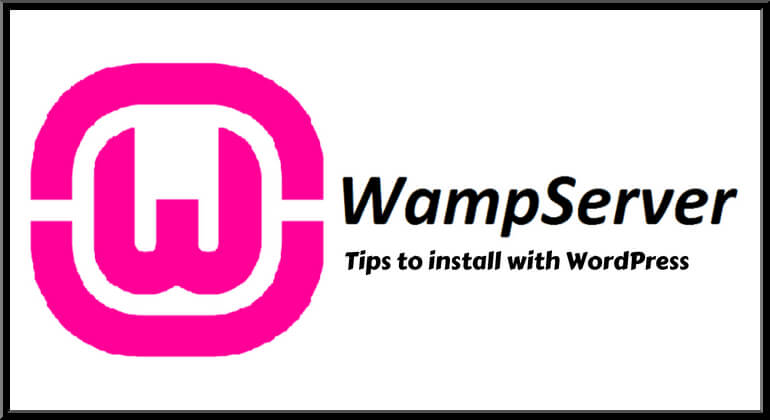Copying a hosted WordPress installation to a local machine for development is a fairly common task for many web designers. I prefer to accomplish this task with the excellent WordPress Duplicator Plugin by Life in the Grid. However, the Duplicator plugin is often an inadequate solution for larger sites on a shared hosting platform – you may experience frustrating sever timeouts and other difficulties.
WAMP stands for Windows, Apache, MySQL, and PHP. WampServer is a Windows hosting and web development environment. It allows you to create web applications with Apache2, PHP and a MySQL database. WampServer also includes phpMyAdmin which allows you to easily manage your databases. Fortunately there is a way to develop with WordPress offline and that is to set up a local WAMP server on your PC. To run WordPress on a server you need 3 bits of software that operate in the background, Apache, MySQL and PHP. This is where WAMP comes in, it is the software stack that bundles all these programs on Windows so you can set up a. The “A” in WAMP stands for Apache. Apache is server software that is used to serve webpages. Whenever someone types in your WordPress website’s URL, Apache is the software that “serves” your WordPress site. The “M” in WAMP stands for MySQL.
WampServer WordPress files. WampServer is a Windows web development environment. It allows you to create web applications with Apache2, PHP and a MySQL database. Alongside, PhpMyAdmin allows you to manage easily your database. When you install a CMS, you need an environment like that. WAMP, is a combination of Apache web server, PHP and MySQL combined for an easy installation with Windows. With WAMP, you can quickly install all those services on your computer and start using WordPress in just minutes. You can download WAMP Server from here. You can download it directly.
Sometimes old ways is best ways, so role up your sleeves and prepare to copy WordPress to WAMP server manually, just like developers did before the various WordPress migration plugins existed.
I found the following instructions on the WordPress forum, they were contributed back in 2012 by Sunny Johol and still work perfectly for WordPress 4.5.2 and WAMP with phpmyadmin 4.0.4. It you follow the steps exactly you should have no trouble copying a WordPress site to a local test server. If you follow the forum link above you may find these instructions can be modified to work with XAMP as well. Many, many thanks to Sunny for sharing his technique.
Notes:
Step 3 – Problem importing large database? Read this.
Wamp Wordpress

Wamp Wordpress Forgot Password
Steps 4, 5 and 6 – As in the examples below, be sure to leave the trailing slash off your urls.
Wamp Wordpress
- Copy your files from your webhost to your local server folder.
- On your webhost login to phpmyadmin and export your database (By Selecting your database and selecting the export tab and downloading to your computer)
- Log into your local phpmyadmin, create a new database and import the sql database into it by selecting the import tab and uploading your file.
- Once Uploaded we want to modify the database to reflect the new blog location being on the localhost. So we run the following SQL (Select the SQL tab and paste the following code):UPDATE wp_options SET option_value = replace(option_value, ‘http://www.hostedversion.com’, ‘http://localhost/testsite’) WHERE option_name = ‘home’ OR option_name = ‘siteurl’;
- We now want to fix the urls of posts and pages. So we run the following SQL:UPDATE wp_posts SET guid = replace(guid, ‘http://www.hostedversion.com’,’http://localhost/testsite’);
- If you have linked internally within blog posts or pages with absolute URLs, these links will point to wrong locations after you move the blog location. So we run the following SQL to fix this issue:UPDATE wp_posts SET post_content = replace(post_content, ‘http://www.hostedversion.com’, ‘http://localhost/testsite’);
- We want to now modify our wp-config.php file in our local server. Honestly, the easiest way to do this is to delete the wp-config.php file in your local server and then visit http://localhost/testsite in a browser.
- With the dialog message that comes up click the ‘Create a Configuration File’ button. Then click the ‘Lets Go’ button on the next screen.
- Fill in all of the fields:
Database Name: This is the name of the database in your local phpmyadmin
Username: This is your phpmyadmin username (usually root)
Password: This is your phpmyadmin username’s password
Database Host: This is usually localhost
Database Prefix: normally is wp_ unless someone has changed it manually. - Click Submit, the wp-config file will be created and everything should work on the local host.
